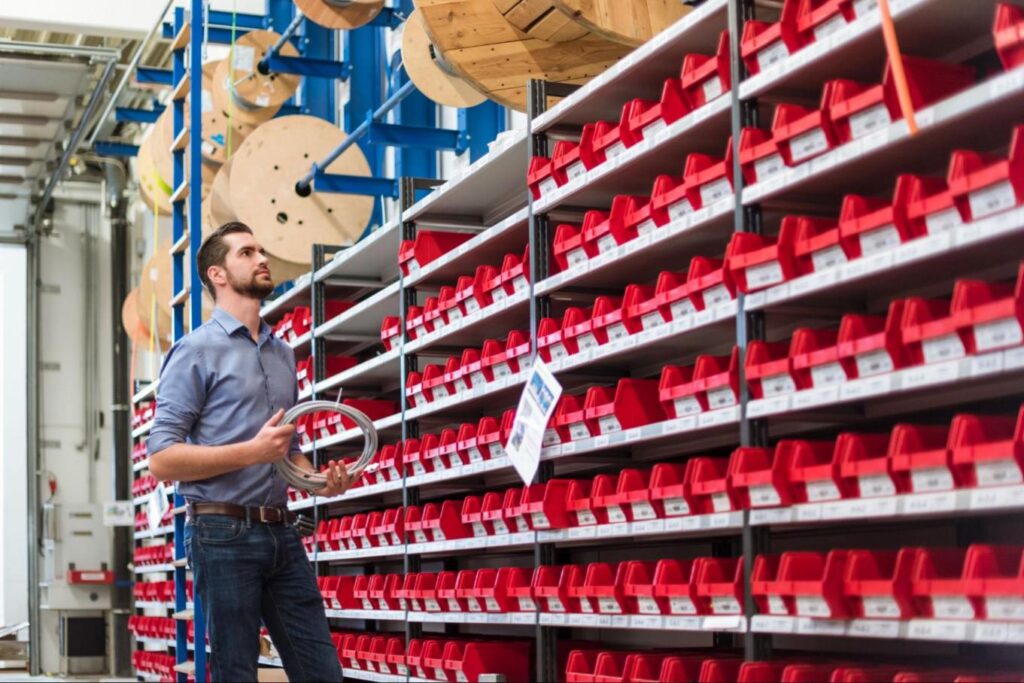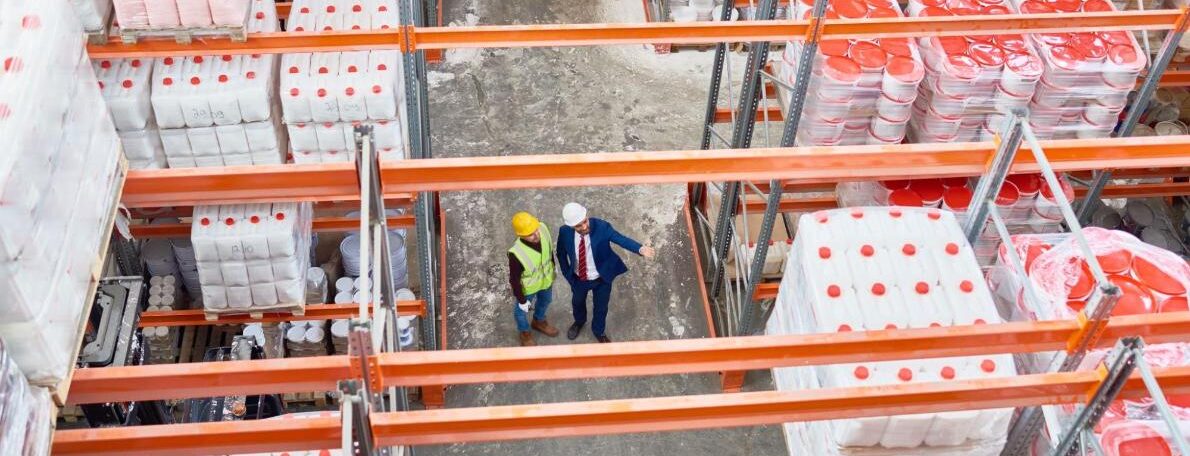Maximising Warehouse Efficiency with Heavy Duty Shelving
Competitive markets require strategic thinking to maintain profitable margins. One critical aspect that significantly impacts operational success is the tactical positioning of heavy-duty shelving systems. Even the most robust industrial pallet racking will fail to deliver optimal returns if improperly positioned within your facility. This comprehensive guide explores how the strategic placement of warehouse solutions can transform your operations.
The Science of Warehouse Flow
Warehouse flow encompasses the movement of inventory, equipment, and staff throughout your facility. When correctly optimised, an effective flow minimises travel distances, lowers labour expenses, eliminates congestion points, and enhances throughput capacity. The placement of your heavy duty shelving directly influences each of these critical factors.
Before making decisions about shelving arrangement, conduct a thorough assessment of your current operations. Document your receiving areas, picking zones, packing stations, and shipping docks. Monitor the movement patterns of frequently accessed items and identify existing bottlenecks that impede efficient operations.
Strategic Placement Principles for Warehouse Solutions

Activity-Based Zoning
The Pareto principle demonstrates remarkable relevance in warehouse management—typically, 20% of your inventory generates 80% of picking activity. Identify these fast-moving products and position their designated heavy duty shelving closest to packing and shipping areas. Products with moderate turnover should occupy middle zones, while slow-moving inventory can be stored in less accessible locations.
Maximising Vertical Space
Modern industrial pallet racking systems offer impressive vertical capacity, yet many facilities fail to fully utilise this potential. Implement clear protocols for vertical organisation:
- Position heavier items on lower shelves to maintain stability and safety
- Place lightweight, less frequently accessed items on upper shelves
- Employ specialised equipment for efficient high-level retrieval
- Install appropriate safety features for high-reach applications
Aisle Configuration for Optimal Flow
The spacing between heavy duty shelving units dramatically impacts warehouse flow. While narrow aisles maximise storage density, they may restrict equipment manoeuvrability and create bottlenecks during high-volume periods.
Consider these aisle width recommendations based on your equipment:
- 12-13 feet for standard counterbalance forklifts
- 8-10 feet for reach trucks
- 6-7 feet for narrow aisle trucks
- 5-6 feet for very narrow aisle equipment
Your specific equipment fleet should determine aisle spacing, rather than arbitrary space-saving objectives that might compromise operational efficiency.
Cross-Docking Optimisation
For operations with substantial cross-docking requirements, position relevant heavy duty shelving systems as direct throughways between receiving and shipping areas. This minimises redundant handling and streamlines the movement of cross-docked items, creating a more efficient workflow for these specific inventory types.
Implementing Dynamic Slotting Strategies

Static industrial pallet racking arrangements quickly become suboptimal as inventory profiles and business requirements evolve. Implement dynamic slotting practices that regularly reassess and adjust your heavy duty shelving layout based on:
Seasonal Considerations
Many businesses experience significant seasonal fluctuations in demand. Your warehouse solutions should adapt accordingly, with temporary reconfiguration of heavy duty shelving to accommodate seasonal inventory surges and promotional stock.
Product Life Cycle Management
As new products enter your inventory and others become obsolete, your industrial pallet racking configuration should reflect these changes. Regularly evaluate product life cycles and adjust shelving arrangements to ensure prime locations are reserved for current high-demand items.
Order Profile Evolution
Customer ordering patterns change over time. Modern warehouse management systems can provide valuable analytics to drive adjustments to your heavy duty shelving placement, ensuring your configuration remains optimised throughout the year as order profiles shift.
Measuring Effectiveness: Key Performance Indicators
After implementing strategic heavy duty shelving placement, monitor these KPIs to evaluate effectiveness:
- Picks per hour
- Travel time between picks
- Order fulfilment cycle time
- Space utilisation efficiency
- Labour cost per order
- Accuracy rates
The Ongoing Journey of Warehouse Optimisation
Strategic placement of heavy duty shelving systems represents one of the highest-impact, lowest-cost optimisation opportunities in warehouse management. By aligning your industrial pallet racking configuration with your operational flow, you can dramatically enhance productivity, reduce costs, and create a more responsive distribution operation.
Remember that warehouse flow optimisation is a continuous process rather than a one-time project. As your business evolves, be prepared to reassess and refine your warehouse solutions to maintain peak efficiency. The most successful operations view heavy duty shelving placement as a dynamic element of their overall warehouse strategy, subject to regular review and improvement.
With careful planning and the right heavy duty shelving solutions, your warehouse might contain more potential than you ever imagined. Contact us here, now.

